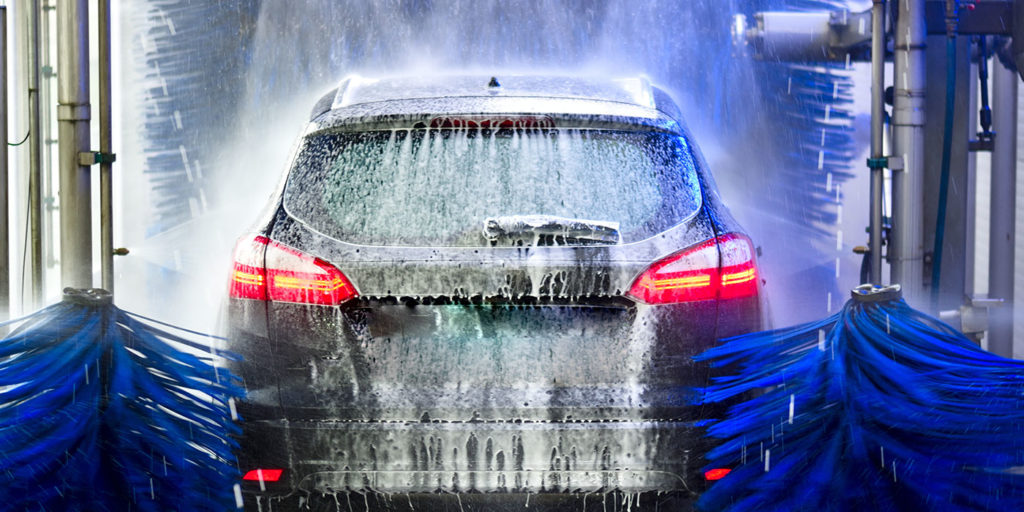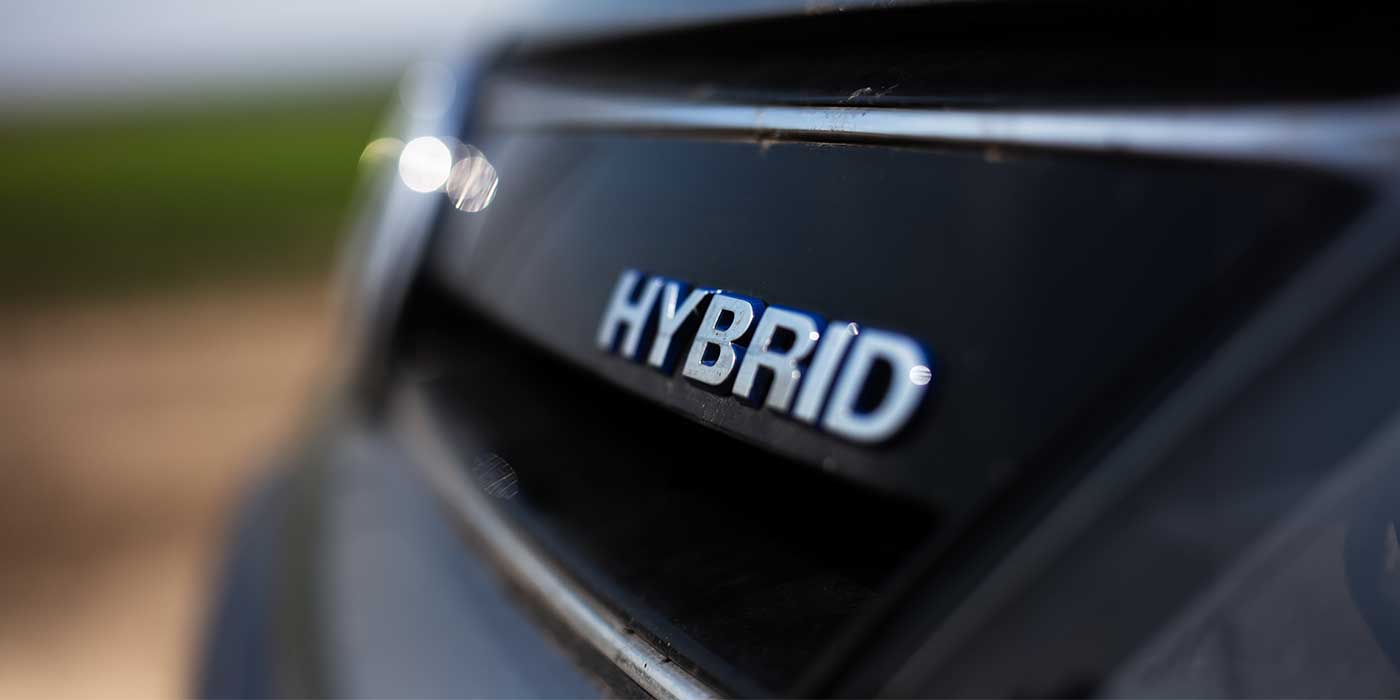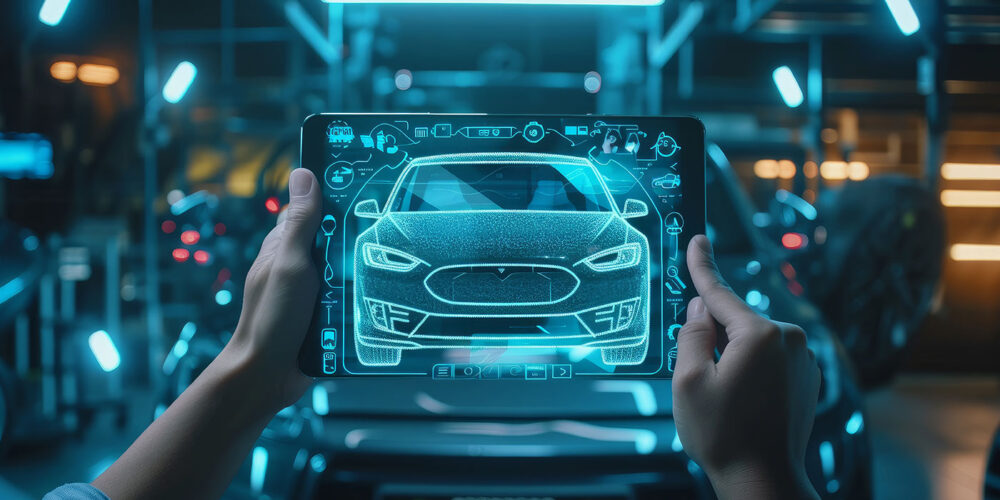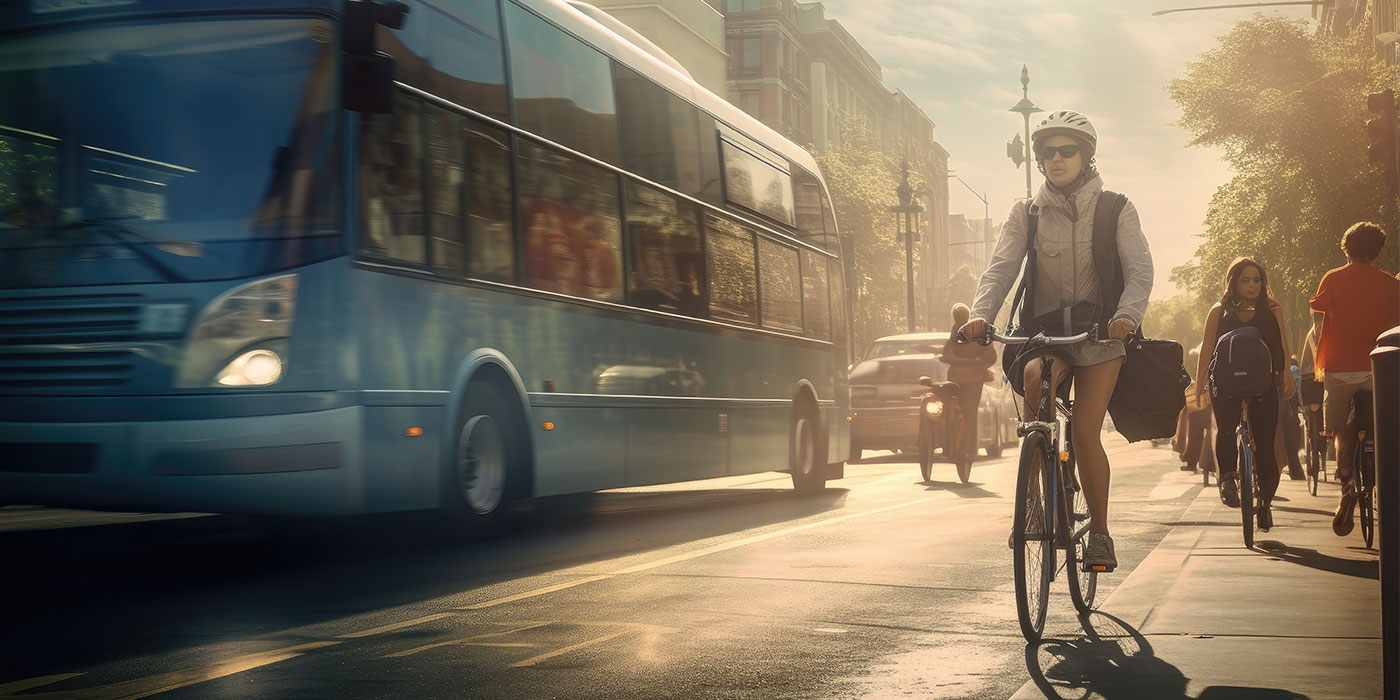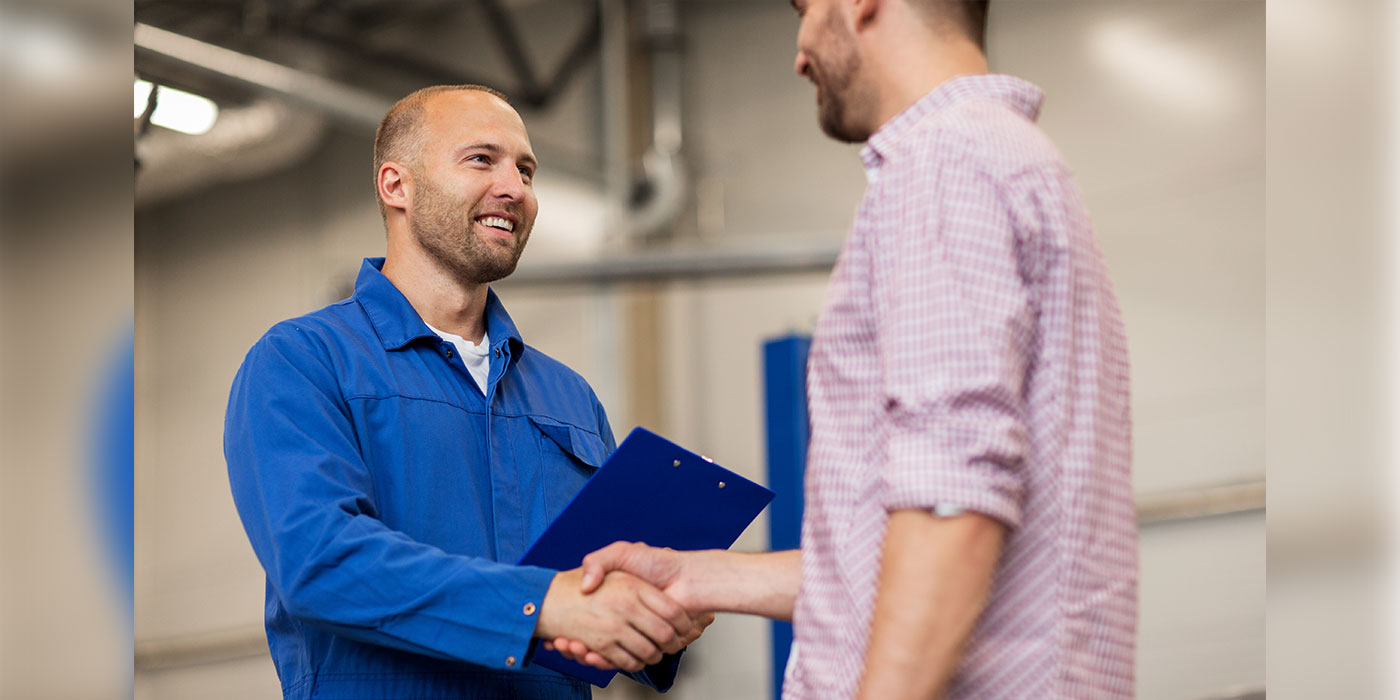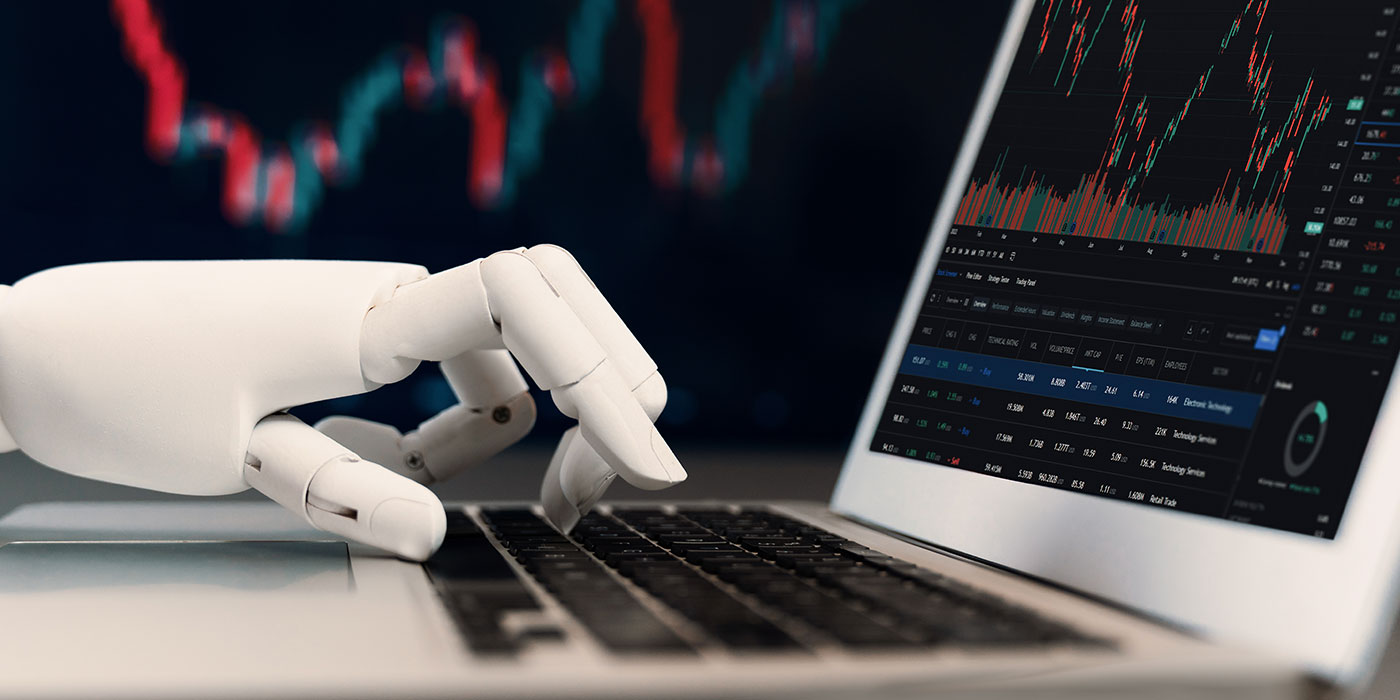How do you assign value to the carwash process at your dealership? Consider this: in your customers’ eyes, the quality of your service department may well be determined by the cleanliness of their vehicle. In many cases, your customers can’t see what your technicians have done to address their mechanical issues or keep their vehicles running smoothly. They can, however, see how clean their vehicle is when they pick it up. At the very least, the quality of your post-service carwash impacts your customer satisfaction scores.
Knowing the value of a clean vehicle in shaping customer impressions, what’s the best way to deliver a level of cleanliness that ticks your customers’ boxes? If you’re in the process of building a new facility or considering changes to your existing location, this question is definitely on your list.
If we assume that the post-service carwash is a customer satisfaction necessity, your options basically boil down to two — hand washing or an automated wash. Here are some points to consider as you make your decision.
Efficiency – Moving from hand washing to an automated wash can result in an increase in both efficiency and reliability. Machines come to work every day, don’t require breaks and don’t take sick days or vacation. Of course, you do want to do your homework and choose a machine with a reputation for durability and a manufacturer that provides strong service support. Machines have their occasional issues, too.
Quality – When the human element is involved, wash quality can vary based on individual abilities and personality, external factors (mood, health, etc.), time of day and day of the week. An automated wash offers a controlled, uniform wash quality every time.
Capacity – Another benefit of automation is the ability to easily handle your busiest days. An automated wash can wash up to 120 cars a day — a level that would be tough to meet with hand washing. For example, it typically takes one person 30 minutes to wash a car. Therefore, that’s two cars per hour. Depending on how many employees you have, you may only wash 16 cars a day. The higher capacity of an automated wash can also be used to clean cars on your lot and new vehicles on delivery.
Environmental Impact – This factor becomes more important every day. Washing with a hose and bucket will use 50-70 gallons of water per vehicle. Today’s automated carwash will deliver an exceptionally clean vehicle using as little as 14 gallons. Chemical usage is also reduced.
Bottom Line – Of course, reducing water and chemical usage also improves bottom-line costs. Perhaps more significant is the opportunity to turn the carwash into a revenue stream. Whether you offer the service during regular business hours or add a pay station and open it up to the general public, you now have the ability to sell washes and wash packages.
In addition to revenue generation, an onsite carwash provides some intangible benefits. Customers returning to your site to wash their car will have multiple opportunities to view the cars on your lot. One dealer I know told me that they only allow their staff to wash customer cars as a courtesy. This allows the customer to peruse the showroom while their car was being washed.
Certainly, there is a traditional appeal to the offer of a “hand-washed” vehicle. But as you weigh all the factors, you can also see a strong case for making the move to automation as your dealership looks to the future.

